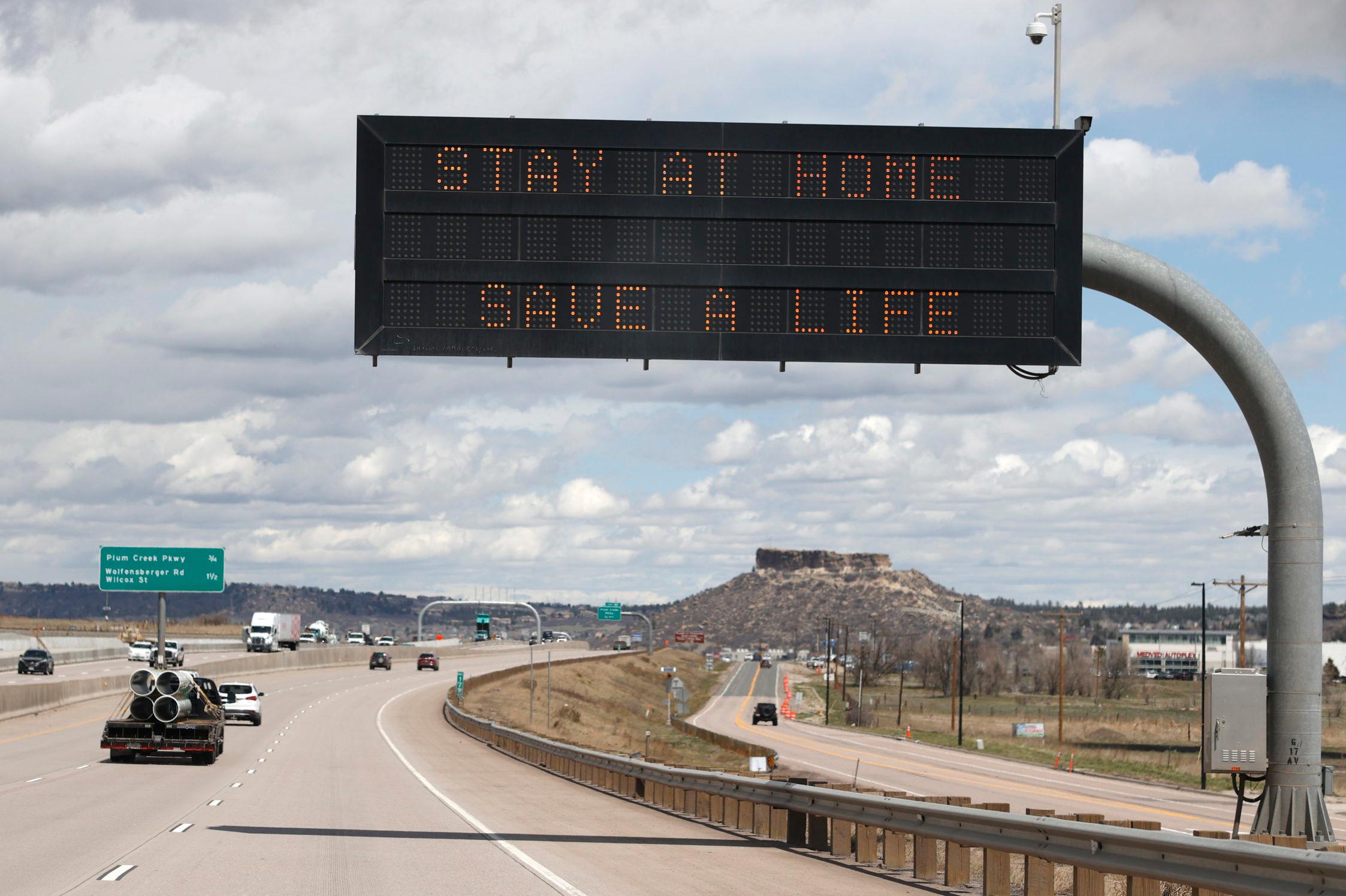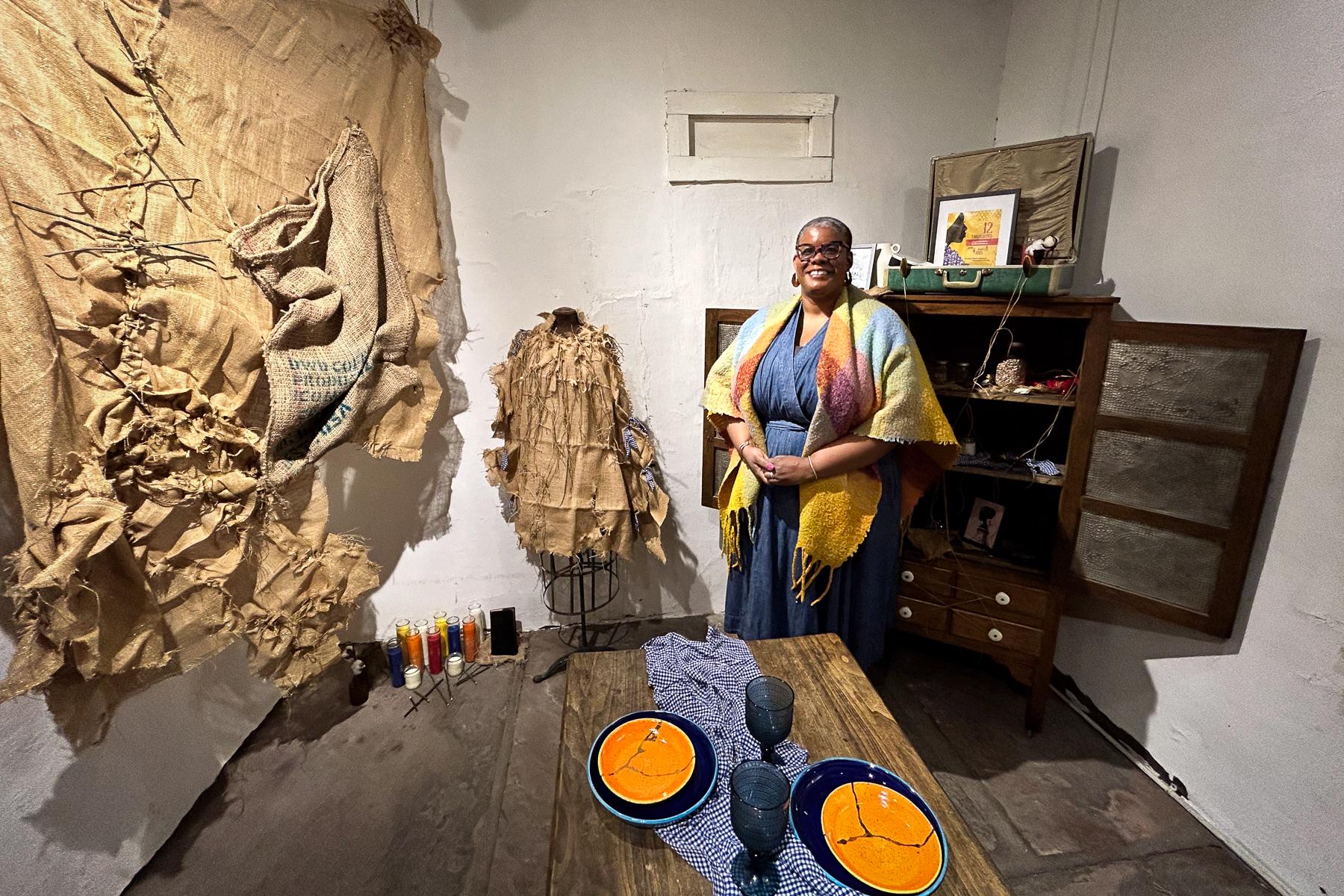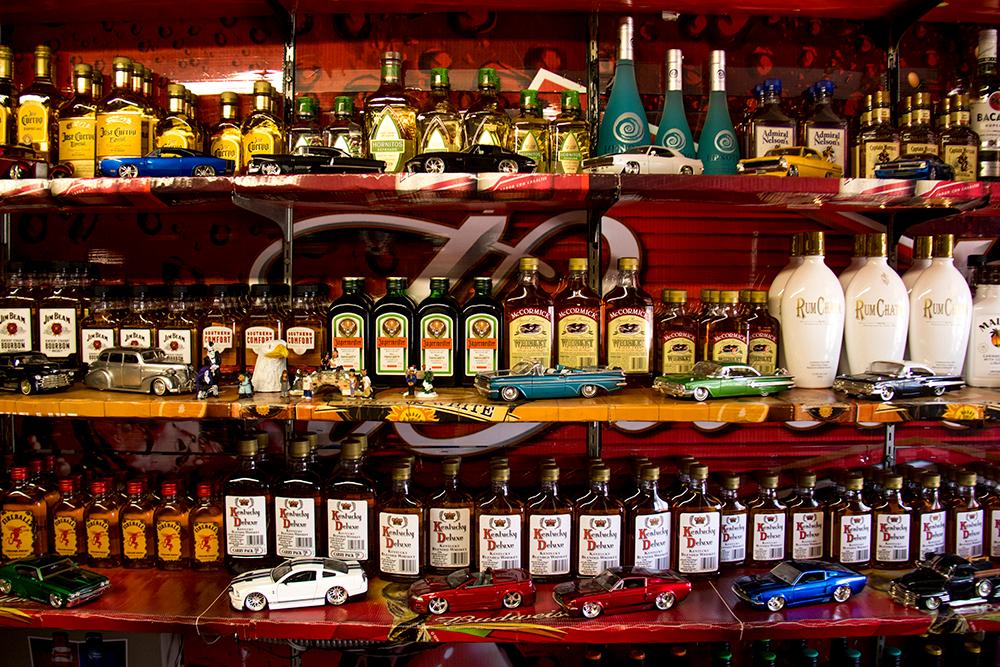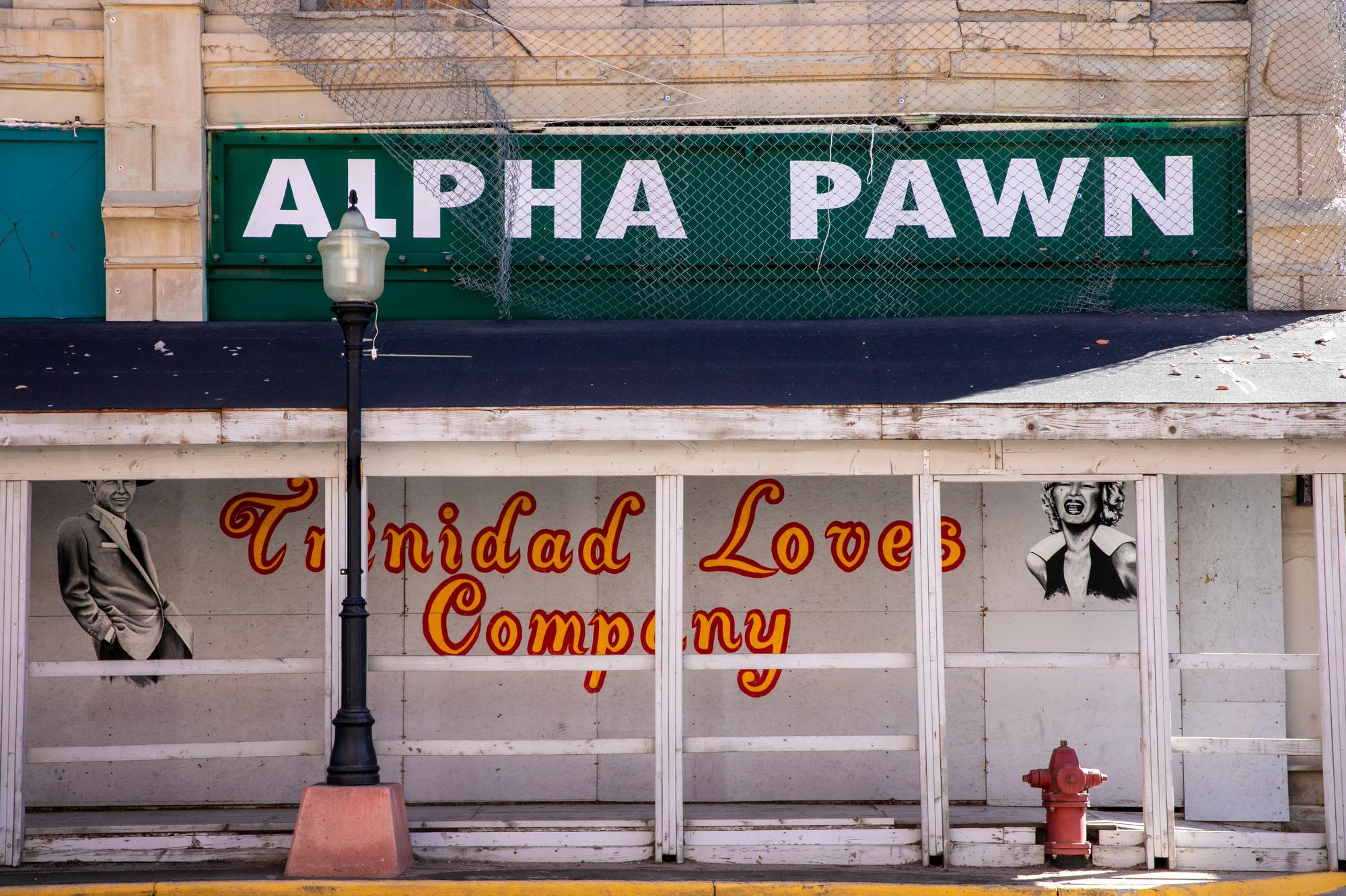
The state's stay-at-home order kept people off the roads during the first half of this year. But it didn't slow traffic deaths.
Drivers traveled a total of just 22.1 billion miles between Jan. 1 and June 30, according to a CPR News analysis of federal data, down 17 percent from the same period last year. Many stayed home starting in March when the state shut down much of the economy due to the coronavirus.
Colorado Department of Transportation spokesman Sam Cole had hoped that fewer drivers would mean fewer fatalities.
“That silver lining never happened,” Cole said.

Traffic deaths rose by just one percent over the first six months of 2020, from 256 last year to 259 this year, according to preliminary data from CDOT. But the fatality rate per vehicle mile traveled jumped by 20 percent, to just over one death per 100 million miles.
There have been 367 traffic deaths in total through Aug. 30, Cole said. And that number is likely an undercount, Cole said, because sometimes victims that die weeks after a crash aren’t counted properly.
"The picture might actually be worse,” he said.
Colorado’s figures amount to a more significant jump than researchers at traffic engineering firm Sam Schwartz found in a similar analysis of 22 states, including Colorado, and the District of Columbia. Those researchers found a decrease in the number of deaths, but a 12 percent rise in the rate of deaths.
“We should have seen very large reductions in traffic deaths due to large reductions in VMT,” Sam Schwartz’ Richard Retting said in a statement. “Sadly, that did not happen.”
CDOT’s Cole said speed, especially during the height of the lockdown when roads were the emptiest, is to blame.
"This has to do primarily with people in their vehicles, being careless, ignoring the law, and taking advantage of our wide-open roads,” Cole said.
While driver behavior is a key factor, Denver Regional Council of Government’s transportation planning and operations director Ron Papsdorf said roads can be designed to encourage -- if not force -- slower speeds. That can include elements like speed bumps at crosswalks, and curb extensions to narrow a street.
“So that, regardless if there are fewer cars, you're not inclined to drive faster,” Papsdorf said. “You're more cognizant and aware of your surroundings.”
CDOT and DRCOG recently announced up to $77 million in new funding to help metro-area governments build safer streets. DRCOG’s board also recently approved a “Vision Zero” safety plan that set a goal of zero traffic deaths.
There are some bright spots this year. Pedestrian and cyclist deaths are up only a small amount over last year. That’s good news considering cycling’s boom in popularity, said Jack Todd, spokesman for Bicycle Colorado.
"What that indicates to me is that the number of bicyclists out on the road isn't the contributing factor to fatalities,” Todd said. “It's drivers.”









